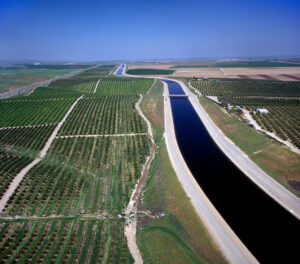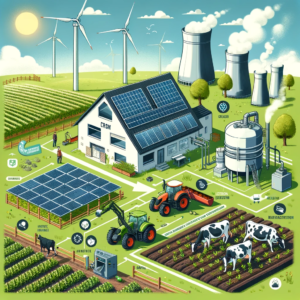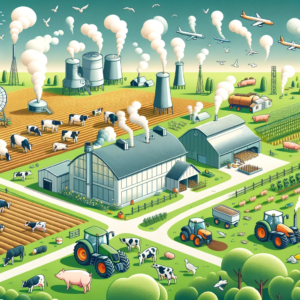Learn More About Our Work

California’s Water Dilemma
Part 2: Water [Data] Scarcity
To modernize water management in California, accurate granular data is crucial. The current lack of comprehensive data presents a challenge when creating effective strategies.

California’s Water Dilemma
Part 1: We Cannot Manage What We Don’t Measure
California is facing several water challenges. Scarce water supply, outdated systems, and a dire need for smart, data-driven management in an era of change.

Decarbonizing Agriculture
Part 2: How to reduce agricultural GHG emissions
Exploring strategies to reduce agricultural GHG emissions, focusing on methane, nitrous oxide, and CO2, with emphasis on U.S. agriculture’s unique challenges and solutions.

Decarbonizing Agriculture
Part 1: Understanding Emission Sources
Agriculture contributes 11.5% to U.S. emissions, and our food system a third of global GHG emissions. Effective decarbonization in agriculture is vital for reducing GHGs and improving sustainability.

Navigating the Changing Tides of Sustainability
At Klimate Consulting, we decode sustainability’s complexities, from carbon emissions to water politics. Beyond consultancy, we’re environmental advocates, partnering for a greener future.

Regulatory Trends in Sustainability
Sustainability professionals grapple with a complex ESG disclosure landscape, where the absence of mandatory guidelines has led to “greenhushing,” but promising regulations at state and federal levels offer hope for a more transparent approach to sustainability.